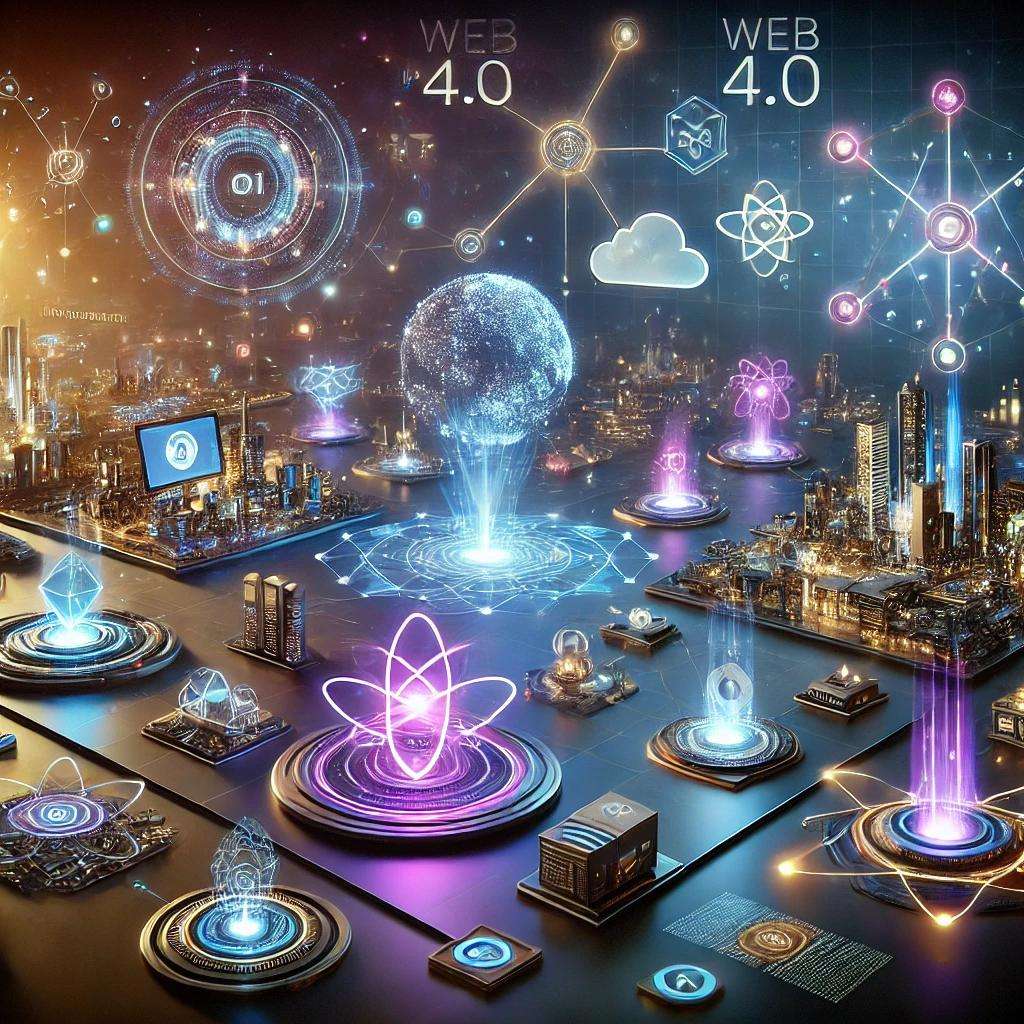
Introduction
Our lives have become simpler in many ways due to the internet. As the years have gone by, from simple websites, it has burgeoned into bustling sites, where we upload videos and share pictures, and we meet other people. But as well as making life easier, this online world has come with a few problems. Now we are entering a new generation named Web 4.0 which intends to make the web better and more healthful for all.
What Is Wrong with the Internet Today
Social media platforms such as Facebook, YouTube, and Instagram have become a significant part of society today. They enable us to stay connected, share experiences and discover new things. But these platforms also have a hidden price. They monitor our online behavior and bombard us with ads and content to keep us engaged for as long as possible.
As a result, the internet stresses them out. Instead, the barrage of notifications, ads, and information can lead to anxiety, mental fatigue, and even loneliness. In short, being on the internet for too long can negatively affect our health.
The Shift Towards a Next-Generation Internet: Web 3.0
Web 3.0 is an attempt to solve some of these issues by providing a different method of using the internet. With Web 3.0, users can control their own data instead of large organizations controlling user data and maintaining it through secure technologies such as blockchain.
But, Web 3.0, although a great way to go, does not eliminate the problem of information overload. This is where Web 4.0 steps in.
What is Web 4.0?
The Next Level for the Internet: Web 4.0 It’s an amalgam of two potent ideas:
- Decentralization: Empowering users with more control over their own data and online experiences.
- AI (Artificial Intelligence): Smart tools to make your life online easier and less stressful.
Whereas today’s internet bombards us with unending content and advertising, Web 4.0 will seek to make the online experience simple, streamlined, and easy.
How Web 4.0 Will Help Users
Web 4.0 is human-centric. Here’s how it’s going to improve the internet for everyone:
Smart Online Assistants
Now imagine if you had a digital assistant that would do these things for you, that could schedule appointments, manage your emails, research the information you need. AI assistants will simplify things as two-fold- save time and smoothen the online experience.
More Control Over Your Data
User control over their personal information (Web 4.0): You will choose which data to share and with whom, decreasing the potential for your data to be abused.
Simple and Fast Interfaces
Web 4.0 will strictly adhere to a single rule: Nothing should require more than three clicks/three seconds to complete. This will minimize frustration and streamline finding stuff online.
Less Stress, More Privacy
Today, the internet is rife with ads and distractions but Web 4.0 would be designed to relieve mental pressure. It will remove spammy notifications and unwanted pop-ups, resulting in calmer, more productive online interactions.
The Importance of Mental Health in the Age of the Internet
Being online too much can harm mental health. Endless scrolling of news lines, pop-up ads, and a barrage of notifications can result in stress and anxiety.
Web 4.0 seeks to make that a reality, creating a more positive online environment. It will cut out the noise and ensure users only see what counts. AI will help people manage mundane tasks and eliminate noise, freeing up time and energy for purposeful activities.
Building Web 4.0: Challenges and Roadblocks
On paper, the concept behind Web 4.0 looks impressive, but reaching that stage is a challenging endeavor. Here are some challenges:
- Building the Technology: Creating smart AI systems and secure networks takes time and money.
- Stipulation Guide: Governments have to formulate new laws to guarantee that these advances will be connected in a guaranteed and basic way.
- User Awareness: People have to be convinced of the merits of Web 4.0 and be open to the switch.
Many tech insiders, however, think the future of the internet lies in Web 4.0, despite these issues.
A Better Future Online
Web 4.0 is the era of an internet that serves people, not big corporations. It aims to help make online living easier, safer and less stressful. Utilizing intelligent technologies while employing users-first principles, Web 4.0 aims to create a digital landscape in which people feel both valued and in control.
This new evolution of the internet will help us transcend the endless distractions and digital consumption. It will help us build more helpful connections, keep us safe and secure online, and give us the tools we need to navigate our digital lives seamlessly. Web 4.0 is about more than technology; it’s about better living on the internet.




